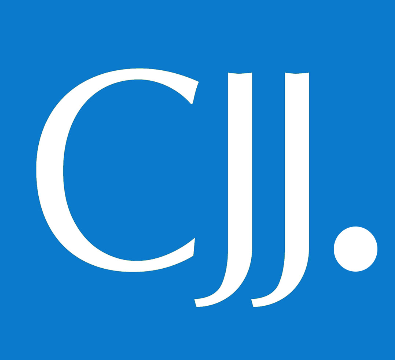Politics and Cebu media
Politics, bias in journalism
Politics and Cebu media
PACHICO A. SEARES
Sept. 24, 2015 ( CJJ10 )
POLITICIANS use media for their messages to the public: information needed for them to push their program of governance and propaganda to defend themselves against criticism and win their election fights.
Through the years, media has improved technology, branched out on multi-platforms, honed skills of craft and upgraded standards and values.
That hasn’t curbed zeal and enthusiasm to exploit media as a major instrument for securing and keeping political power.
Instead, with media’s better practices, spurred by technology and competition, it has also led to more sophisticated methods of politicians in exploiting media.
Propaganda rags
In prewar and early post-war days, politicians opened and ran newspapers, blatantly using them to attack their enemies. Opinion pieces on Page 1 would call their rivals thieves and cheats, with little fear of being sued. Many of those who braved litigation were writers who were also topnotch lawyers cum politicos.
A memorable period in Cebu media was when the two warring political camps each had a newspaper: The Republic Daily of the Cuencos and The Daily News of the Osmeñas.
With the war on print was also the battle on the air lanes, with each camp buying air time for marathon bombastic speeches aired from well-lighted, sidewalkfront campaign headquarters in downtown Cebu City, where sympathizers gathered and listened on big and loud p.a. systems.
Reputation of most radio stations was mostly untarnished by dirty politics: broadcast did little journalism then and hid, as it does now, behind the usual disclaimer of responsibility for paid broadcasts. But stigma on print continued even after the elections, with The Republic Daily and Daily News sniping at each other, each clearly identified as propaganda tool of its politician-owners.
In the wake of the unbelievable alliance of two political clans, once bitter enemies, Cebu’s two major papers merged. The Republic Daily, renamed into The Republic News to herald the marriage of two parties and their mouthpieces, began to shed its propaganda function and image and take more seriously the business of making a profit with no politician subsidizing and using it.
But it took a while and it was only in the mid-sixties when competition so threatened the existing papers that each struggled in earnest to begin operating the way an independent publication should.
Independence as marketing tool
The papers that survived that “dark period” in Cebu journalism—when they openly operated as propaganda mouthpieces—had to cope with new kids in the bloc: new publications equipped with 1) desktop-publishing devices for reporters and editors and modern machines and 2) proven high standards and values for journalists and tested strategies on circulation and marketing.
Eventually, being independent of any political group or interest isn’t just an article in the code of ethics. It’s a plank in the editorial platform and an effective marketing thrust.
One paper used it as an early aggressive advertising campaign pitch, on Page 1 and in house ads and billboards: they “don’t kiss ass” and they’re “Cebu’s only independent newspaper.”
Which turned out to be good for rival journalists in other newsrooms, as it prodded other papers to heed market demand. After the extreme partisanship of newspapers such as The Republic Daily and The Daily News, Cebu readers wanted publications that printed both sides of the story and provided fair and informed commentary.
Even papers owned by politician families were convinced that good journalism would be crucial to survival and growth. One paper, for example, which a politician condemned in public as his rival’s propaganda apparatus, kept its readers and share of the market despite the blitz because of the reputation of fairness it had earned.
It has reached a stage where the local papers seem to be competing for editorial excellence, a top component of which is freedom of editors to do their job with the least meddling from the owners.
Influencing media
Since media is still seen as a great influencer of public opinion, despite the onset of heavy social chatter in the Internet, politicians have kept their offensive on influencing content of newspapers and broadcast stations.
Politicos though have stopped opening and running newspapers themselves. They realized it was more effective using independent media for their communication needs. But some politicians still operate radio stations: cheaper in owning the microphones than paying for air time during election season.
But politicians’ techniques, improved and expanded, have continued: staging “news,” making a spin on the stories, and funding block-time programs that praise them and flog their enemies.
They try and sometimes succeed in having sympathizers imbedded in journalism ranks, like operatives doing covert jobs for politicians.
But media gatekeepers are not without means and devices to spot undue influence of politicians: an alert news desk, diligent enforcement of right of reply, and the many media platforms, aside from mainstream media, that are available. No monopoly of media access and no one can be totally shut out, the presence of different media outlets assuring that unfairness or suppression in one or some can be compensated by the good practices of others.
At times, news and opinion may be wrong or confusing because it is tampered, bent or even suppressed, willfully or negligently. It may be due to the journalists’ fault or the machination of news sources.
But no error, deliberate or not, ever stays uncorrected for long. Mechanisms in each media outlet and the presence of multiple platforms help check against any abuse or excess, whoever be the perpetrator. 
